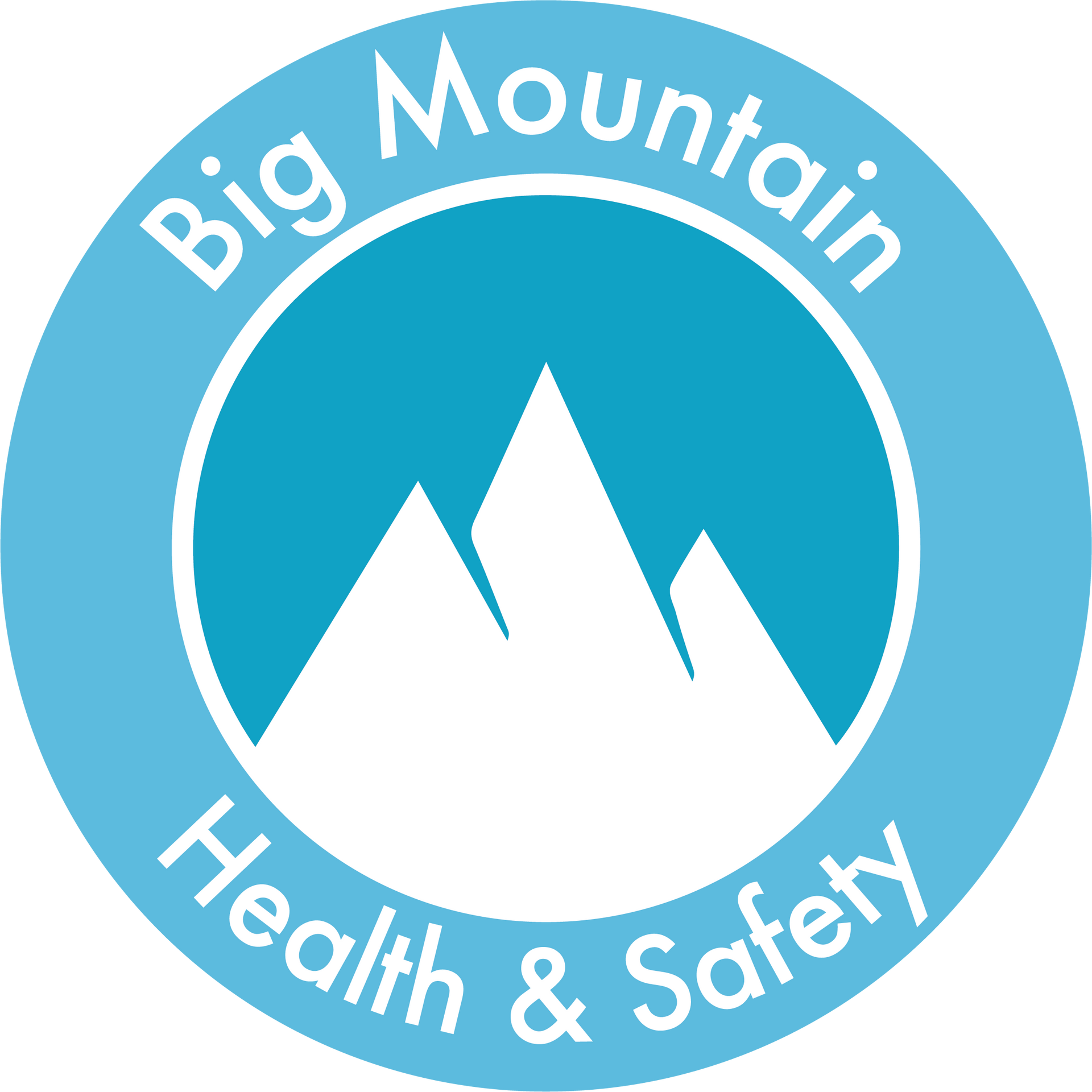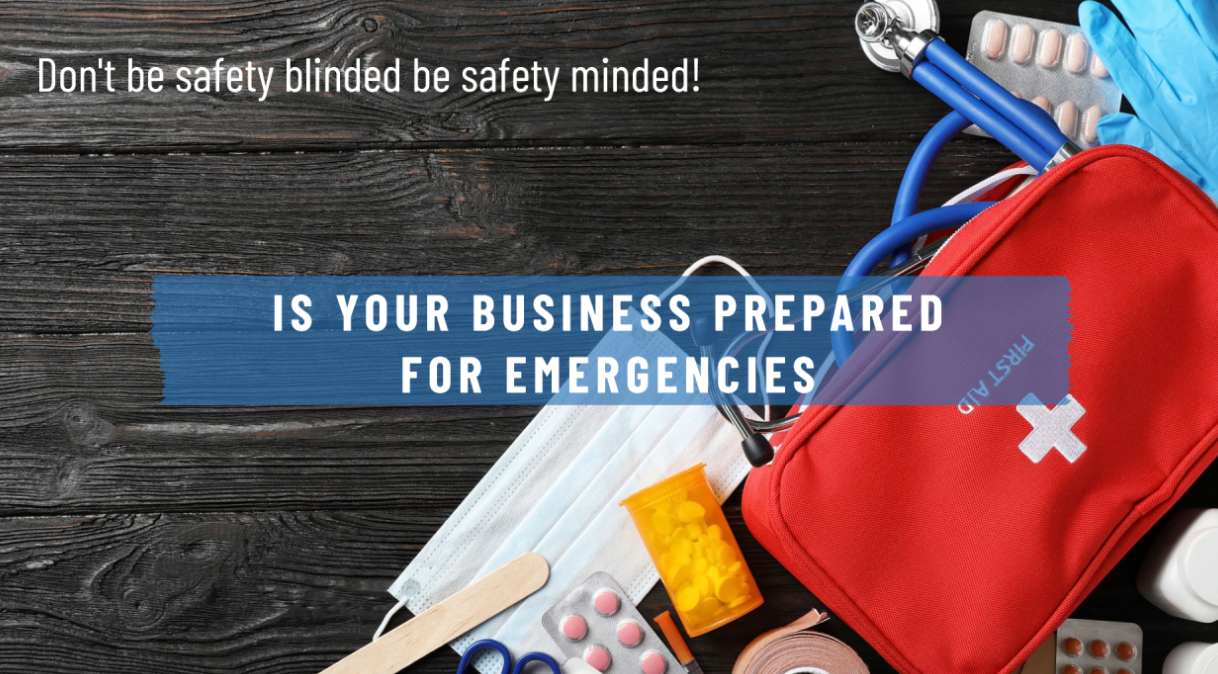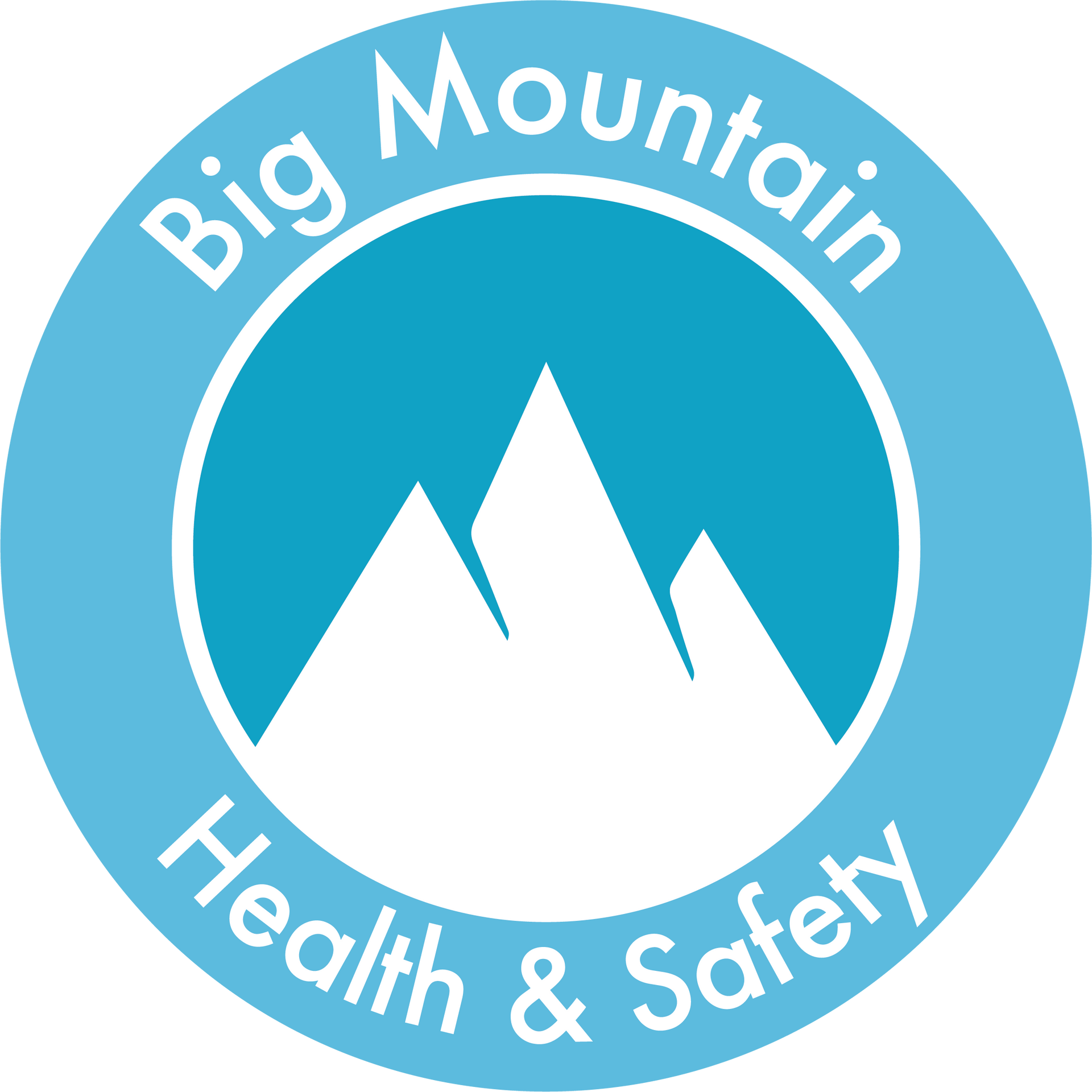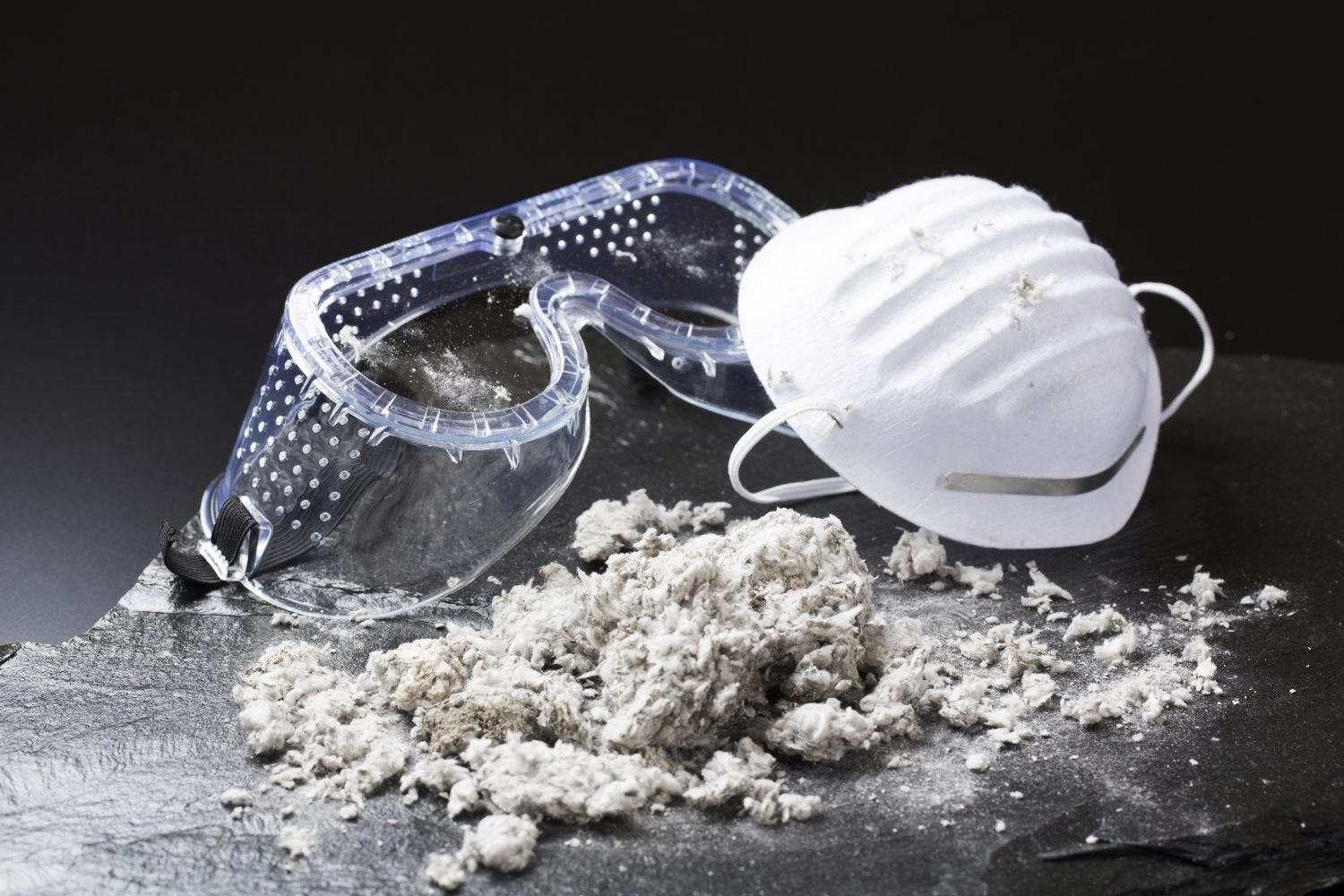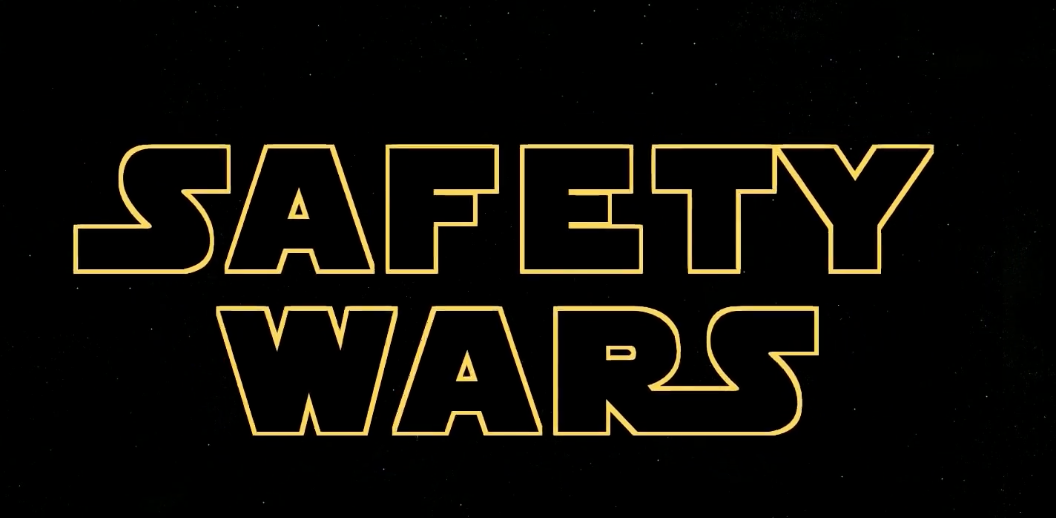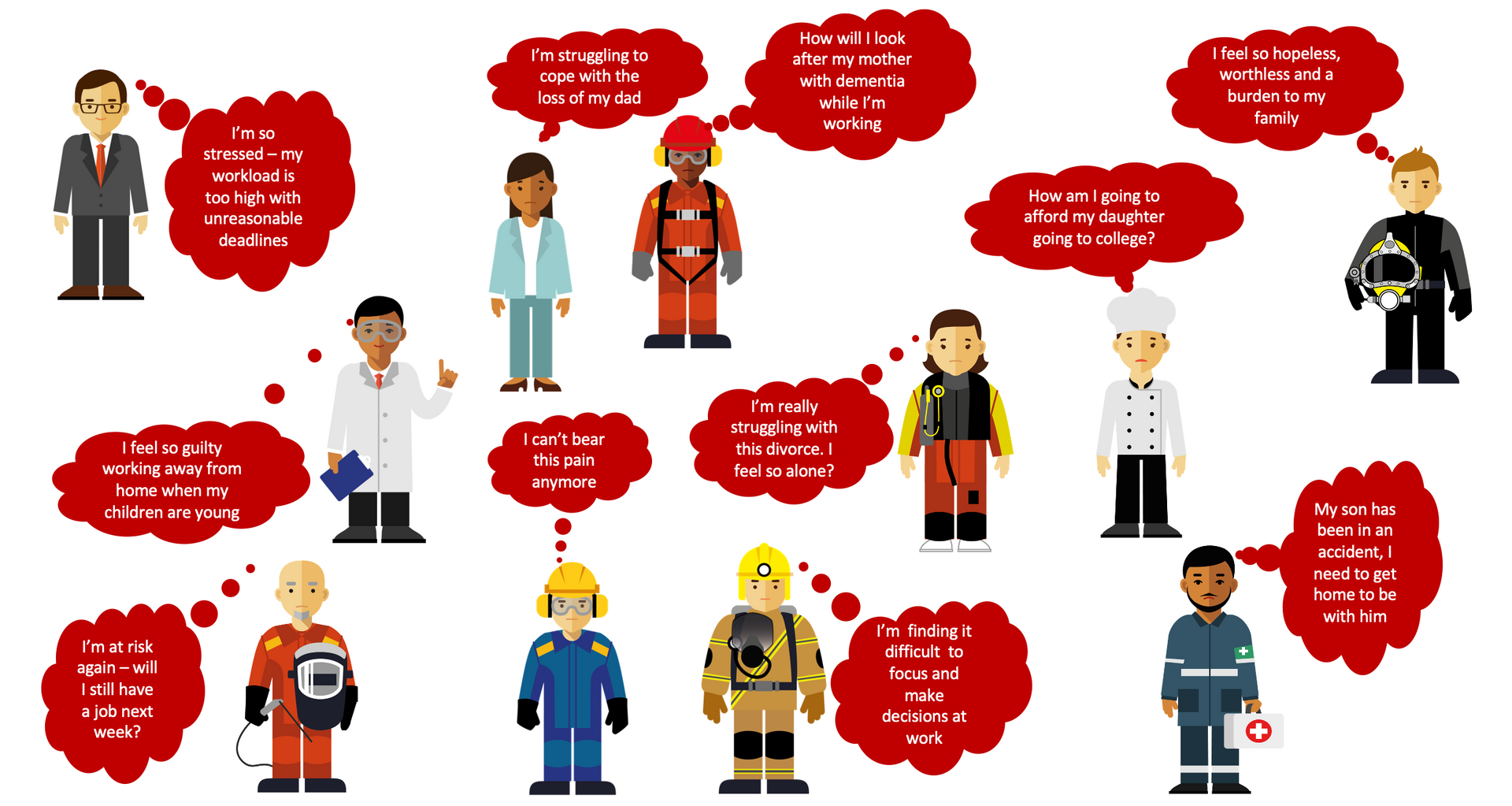Why use a Health and Safety Risk Assessment Matrix
A comprehensive Guide:
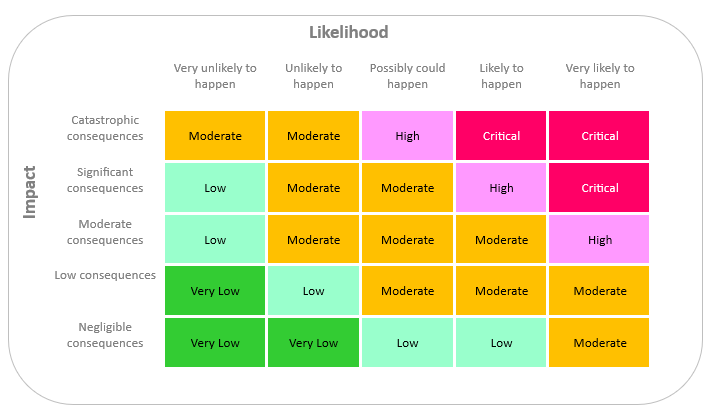
In the realm of health and safety, the effective management of risks is of paramount importance. Whether it's in the workplace, onsite, or any environment where safety is a concern, a comprehensive risk assessment is critical.
A Health and Safety Risk Assessment Matrix is a specialised tool designed to evaluate and prioritise health and safety risks, making it indispensable in ensuring the well-being of individuals.
In this article, we will delve into what a Health and Safety Risk Assessment Matrix is, its components, and how it can be used to enhance safety protocols and risk management onsite, workplace, and related settings.
If you would like help to develop your health and safey management system and culture then please reach out to Big Mountain Consultancy for a complimentary review.
What is a Health and Safety Risk Assessment Matrix?
A Health and Safety Risk Assessment Matrix is a visual tool used to systematically evaluate and prioritise health and safety risks based on their potential impact and likelihood of occurrence. It assists organisations and institutions in identifying, assessing, and addressing risks that could compromise the well-being of employees, contractors, visitors, or any other stakeholders within a particular environment.
Components of a Health and Safety Risk Assessment Matrix
1. Risk Categories: The matrix begins by categorising the types of health and safety risks relevant to the specific setting, such as workplace safety, contractor safety, biohazard risks, chemical exposure, and ergonomic concerns.
2. Likelihood: This component assesses the probability of a particular health and safety risk event occurring. It can be measured on a scale from low to high, often considering historical data and expert opinions.
3. Impact: Impact is the evaluation of the potential consequences or harm that may result from a health and safety risk event. It considers factors like injury severity, costs, and impact on operational continuity.
4. Risk Severity: The risk severity score is calculated by combining the likelihood and impact scores. This score is crucial for prioritising risks, with higher scores indicating higher priority.
5. Risk Tolerance: Workplaces must determine their risk tolerance levels, setting limits on acceptable levels of risk exposure. These thresholds are specific to each organisation and are influenced by legal requirements and organisational culture.
Using the Health and Safety Risk Assessment Matrix
1. Identifying Risks: Begin by identifying potential health and safety risks specific to your facility or workplace. This may involve audits, safety inspections, incident reports, and employee feedback.
2. Assessing Likelihood and Impact: Expert analysis, historical data, and consultations with health and safety professionals are essential for accurately assessing the likelihood and potential impact of identified risks.
3. Scoring: Each identified risk is scored for likelihood and impact. Combining these scores yields a risk severity score for each risk.
4. Prioritisation: Risks are prioritised based on their risk severity scores. High-severity risks require immediate attention and robust mitigation strategies, while low-severity risks can be addressed more gradually.
5. Risk Mitigation and Management: After prioritisation, organisations develop strategies to mitigate or manage identified risks. These may include implementing safety protocols, providing proper training, enhancing safety equipment, and ensuring compliance with health and safety regulations.
Benefits of a Health and Safety Risk Assessment Matrix
1. Enhanced Safety Protocols: The matrix helps organisations create and maintain robust safety protocols, minimising the risk of accidents and incidents.
2. Resource Allocation: It facilitates the allocation of resources, ensuring that high-priority risks receive the attention and resources they require for effective management.
3. Compliance and Reporting: In workplace environments, regulatory compliance is crucial. A Health and Safety Risk Assessment Matrix helps organisations meet regulatory requirements and reporting obligations.
Conclusion
In the domains of workplace safety, the Health and Safety Risk Assessment Matrix is an invaluable tool for ensuring the safety and well-being of individuals. By systematically assessing health and safety risks, organisations can make informed decisions, allocate resources efficiently, and minimise the impact of adverse events.
Through understanding and utilising this matrix, organisations and workplaces can cultivate a culture of safety and contribute to the long-term well-being of all stakeholders.


